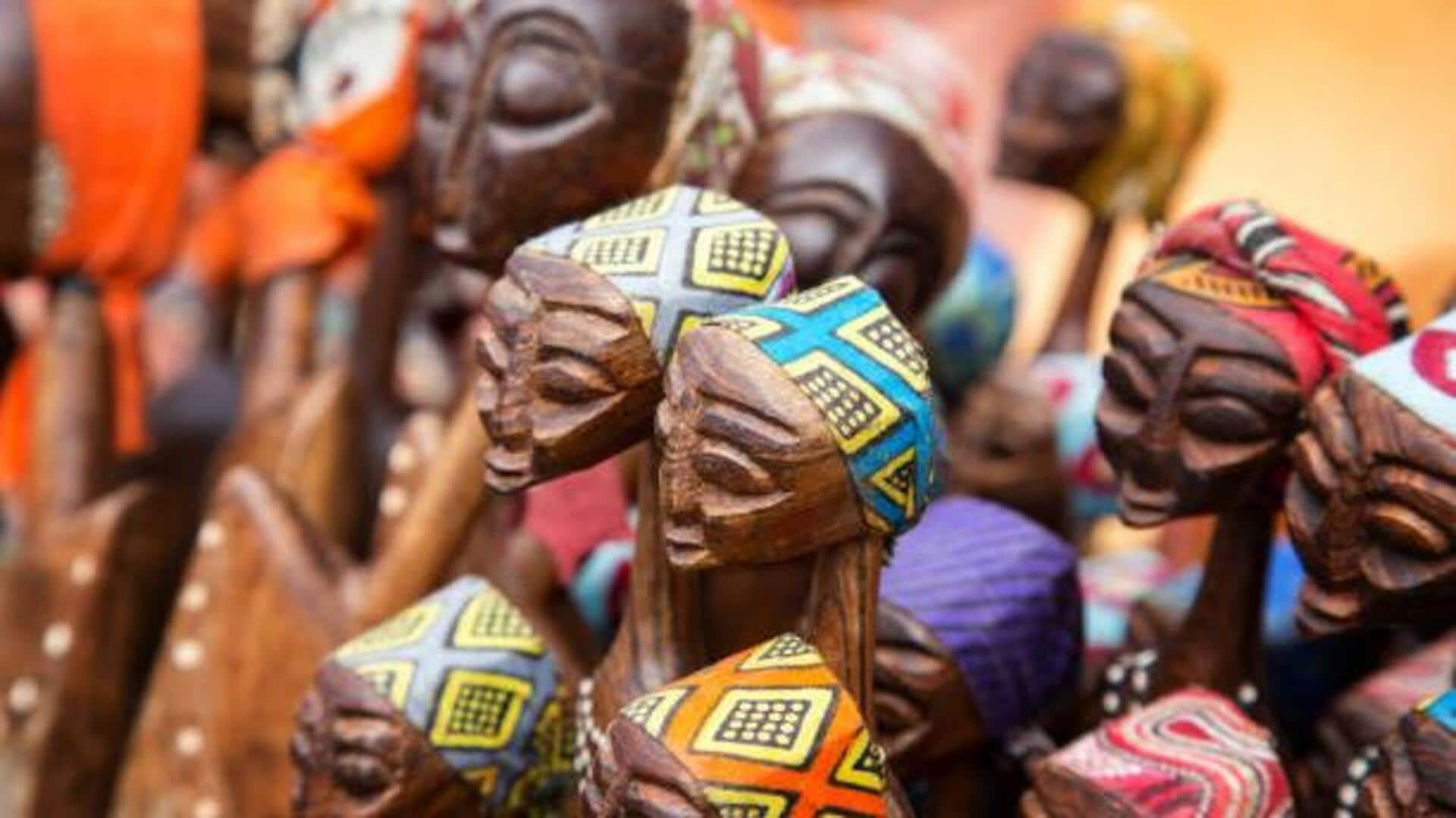
Africa's wooden sculptures: Cultural significance and craftsmanship
What's the story
Africa's wooden sculptures epitomize the continent's rich cultural heritage and artistic prowess.
Carved out of indigenous woods, these sculptures highlight the diverse traditions and histories of different African communities.
They are not just artistic expressions but also cultural artifacts that give us a glimpse into the beliefs, rituals, and social structures of African societies.
This article takes you through different facets of these timeless creations.
Regional variations
Diverse styles across regions
African wooden sculptures are very different from one another across regions, each having its own style and symbolism.
While West African sculptures often have intricate carvings with spiritual themes, Central African pieces may focus on abstract forms.
In East Africa, sculptures may focus on everyday life scenes or historical figures.
Such regional differences highlight diversity within African art and how local cultures shape expression.
Cultural significance
Symbolism in sculptures
Symbolism plays a key role in African wooden sculptures. A lot of pieces are imbued with meanings related to ancestry, spirituality, or social status.
For example, masks used in ceremonies might represent deities or ancestors believed to guide communities.
Understanding these symbols gives a deeper insight into the values and beliefs that shape various African cultures.
Craftsmanship details
Techniques and materials used
The creation of wooden sculptures involves skilled craftsmanship using traditional techniques passed down through generations.
Artisans select specific types of wood for their durability or symbolic meaning—such as ebony for its strength—and use tools like chisels to carve detailed designs.
The choice of materials and methods reflects both practical considerations and cultural preferences.
Conservation efforts
Preservation challenges
However, preserving Africa's wooden sculptures has its challenges, especially with humidity damaging wood over time.
Further, economic pressures may cause artisans to focus on commercial viability rather than traditional practices.
Museums and cultural organizations are working to document these artworks digitally or through exhibitions to create awareness about their importance.